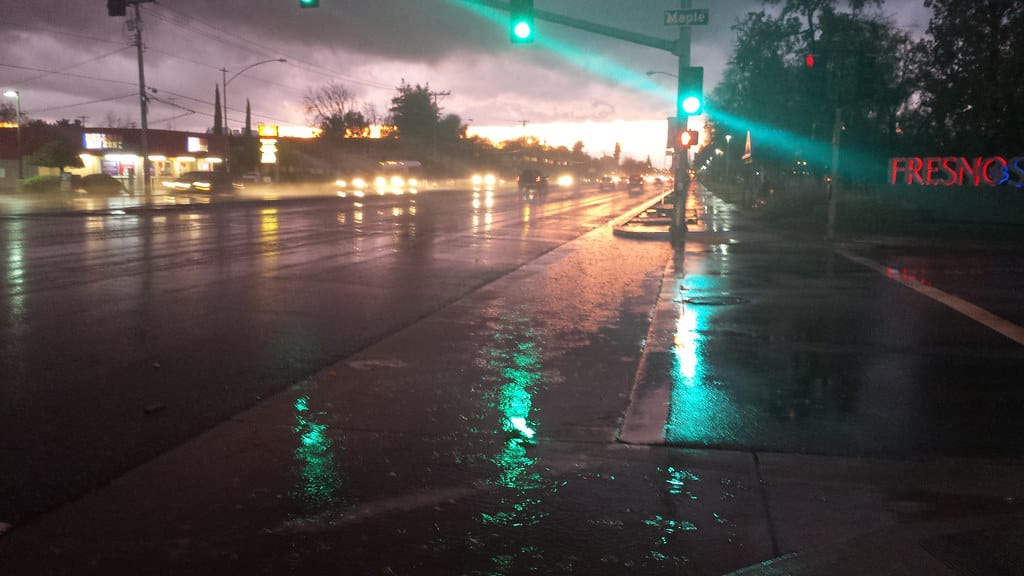Whether you're living in California or visiting for business, it's essential to know what kind of weather you can expect. This article will outline the temperatures and ranges and the risks of the rainy season and fire weather.
Temperature ranges
Located on the Pacific coast, California is a very diverse state in terms of climate. Depending on where you live in California, temperatures can range from mild to very cold. Luckily, there are plenty of places to visit and enjoy a variety of climates.
California has three major climate zones: the coastal zone, the Mojave Desert, and the Sierra Nevada Mountains. The coastal zone is warm and dry during the summer and has colder temperatures during the winter.
In the mountains, temperatures are typically warm in the summer and cold in the winter. The high altitudes also experience a great deal of temperature variation. The hottest temperature in California is 95degF, and it is rare to reach below 17degF.
There is a growing season in California, which is usually 7.7 months long. It rarely ends before October 31. In the northeastern state, the growing season is limited to 100 to 125 days. In the High Sierra, the growing season is limited to about 50 days.
Rainy season
Historically, the onset of California's annual rainy season has been delayed by nearly a month. The state's overall precipitation has become increasingly concentrated into the core rainy season months, from December to March. This trend is primarily due to the influence of the North Pacific jet stream.
This shift has significant ecological implications, including drier autumns in California and increased fire-promoting downslope winds. It also extends the wildfire season, increasing the threat of wildfires across the state.
In a recent study, researchers explored changes in California's precipitation seasonality. These findings are essential to the ongoing discussion about the state's weather.
The study analyzed time series of precipitation data over the last six decades. They found that the official start of California's annual rainy season has moved from November to December. These results are consistent with climate models that project a drier autumn season in California.
The study also found that the onset of the rainy season has been delayed by 27 days in the last five decades. These changes have had significant environmental and economic impacts on the state.
Fire weather risk
Across the state, authorities are bracing for the upcoming warmer months. They are also anticipating the impact of climate change on wildfire risk. For instance, a study by the University of California-Davis suggests that dead trees may trigger more intense wildfires.
While drought has continued across the state, recent soaking rains have dampened the fire risk in inland mountain areas. However, coastal parts of San Diego and Orange counties still face an elevated fire weather threat.
This week, a high-pressure center is centered over Nevada, sending air northeastward toward lower pressure off California's coast. This could produce a mighty downslope windstorm in parts of San Diego County on Friday. This storm could also affect southern California's eastern mountain slopes and desert regions.
In Northern California, however, the winds are not expected to be strong enough to qualify as Diablo winds. Instead, sustained offshore winds of 20-40 miles per hour are expected in portions of Ventura County and Los Angeles County.
Daylight saving time (DST)
Initially created in 1918, daylight saving time (DST) is the practice of moving the clock back by an hour during the spring and summer. The change is meant to conserve energy resources.
While California does not currently observe DST, lawmakers have been trying to change the standard time. The state legislature must approve a change in DST by a two-thirds vote. If the change is approved, the state will need to observe the change on the dates set forth by federal law. The Uniform Time Act, passed in 1966, required a uniform DST protocol for states.
While the United States does not have a permanent daylight saving time, several states have passed legislation allowing the time to be changed during the year. Hawaii, Puerto Rico, American Samoa, and the Northern Mariana Islands do not observe daylight saving time.
While most states are considering the option of permanently changing the time standard, California is one of the few states that has not been able to pass legislation. The proposed legislation would move California to Pacific daylight time. The bill received bipartisan support in several committees but stalled before the full Assembly could consider it.





